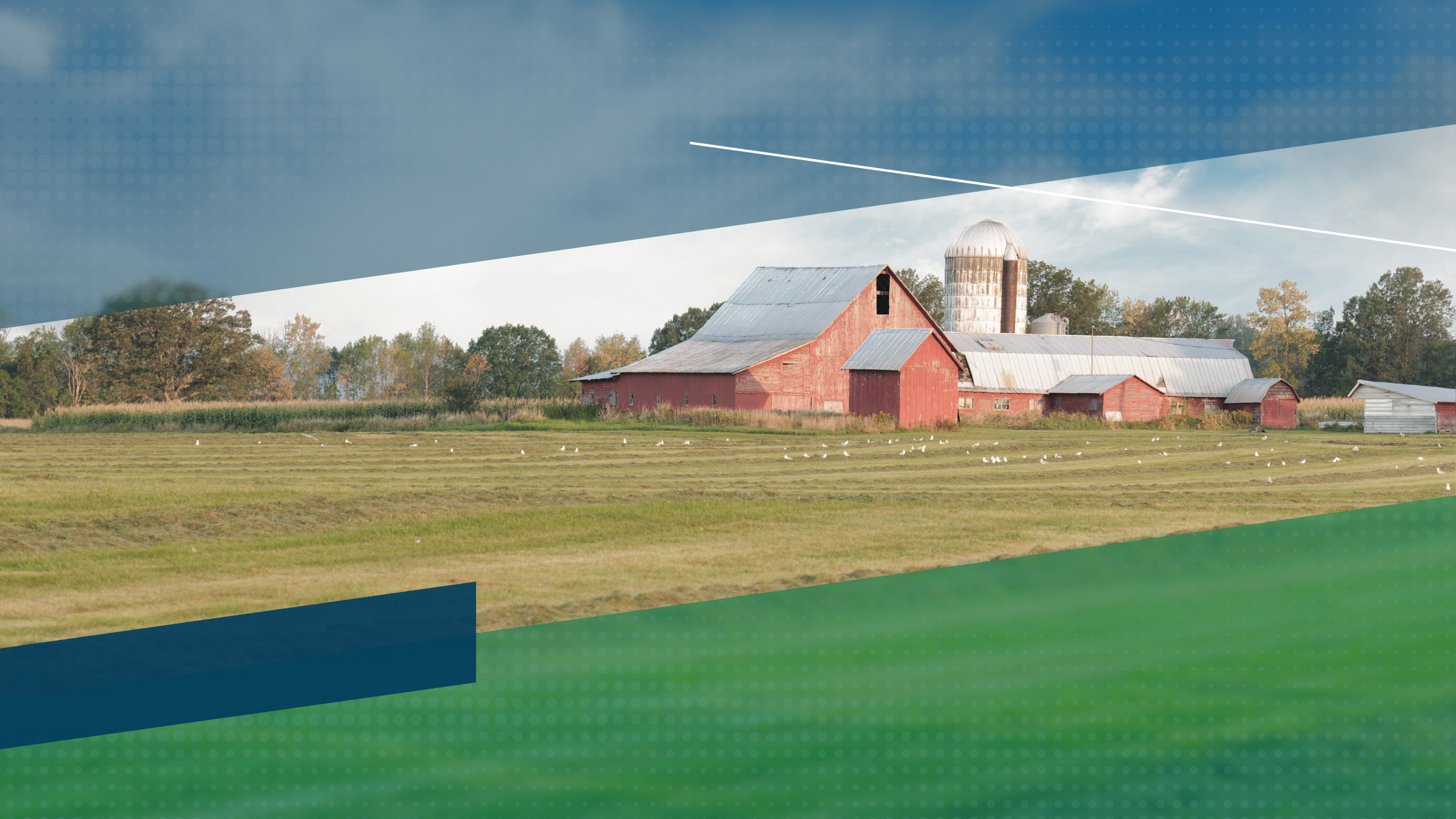“Good year in ’07” resonates with many respondents to the Minneapolis Fed’s fourth-quarter 2007 (January 2008) agricultural credit conditions survey. The fourth quarter was very strong for district agricultural producers. Nearly all indicators show that farmers and ranchers are healthy financially. Most survey respondents reported higher profits, capital expenditures and household spending. Producers are paying back loans and also buying real estate. Land prices are up, and interest rates are down. A few respondents were concerned about higher input costs affecting 2008 profits.
Farm income, household spending and capital investment
Farm income jumped across the Ninth District. “Crop yields exceeded expectations,” said a lender from Minnesota. A whopping 86 percent of the lenders reported higher profits for agricultural producers in the fourth quarter of 2007. In North Dakota, 97 percent reported increased earnings.
Large profits are driving a boom in capital investment and household spending in each state in the district. “Producers are upgrading equipment,” a Minnesota lender said. Almost 80 percent of the respondents reported higher capital spending in the fourth quarter. In addition, 71 percent reported increased household spending.

Source: Federal Reserve Bank of Minneapolis |
Loan repayments and renewals
The strengthened financial conditions allowed many producers to pay down loans, and they didn’t acquire renewals or extensions. Over half of all survey respondents reported increased loan repayments, and only 2 percent reported decreased loan repayments. The number of problem borrowers decreased, with 21 percent of the lenders surveyed noting decreases in loan renewals/extensions and only 4 percent reporting increases.
Demand for loans, required collateral and interest rates
Overall loan demand edged up slightly, and loan requirements were stable. A quarter of respondents reported increased loan demand, while 21 percent noted decreased loan demand. Almost all of the lenders reported no change in collateral requirements, and respondents indicated that no loans were refused because of a shortage of funds. Both variable and fixed interest rates dropped about 50 basis points from the third quarter for machinery, operating and rate real estate loans.
Land values
Land values climbed higher. Survey results showed that average values for nonirrigated farmland and ranchland increased 20 percent and 16 percent, respectively, from a year ago. The fastest growth rates in nonirrigated farmland and ranchland prices were in South Dakota, increasing at rates of 22 percent and 30 percent, respectively. The slowest growth rates occurred in Montana, at 5 percent and 3 percent. (Land prices can vary significantly, not only from state to state, but also from parcel to parcel. For more detailed information on agricultural prices, see the Minnesota Land Economics Web site.
Outlook
The outlook for financial conditions in the first quarter of 2008 is solid. Three-quarters of lenders expect above-average first-quarter income. Robust household and capital spending are also anticipated in the first quarter. Loan demand is expected to pick up. However, some lenders are nervous about input cost increases and too fast an increase in land prices.
Appendices: State Fact Sheet | State Fact Sheet-Outlook





